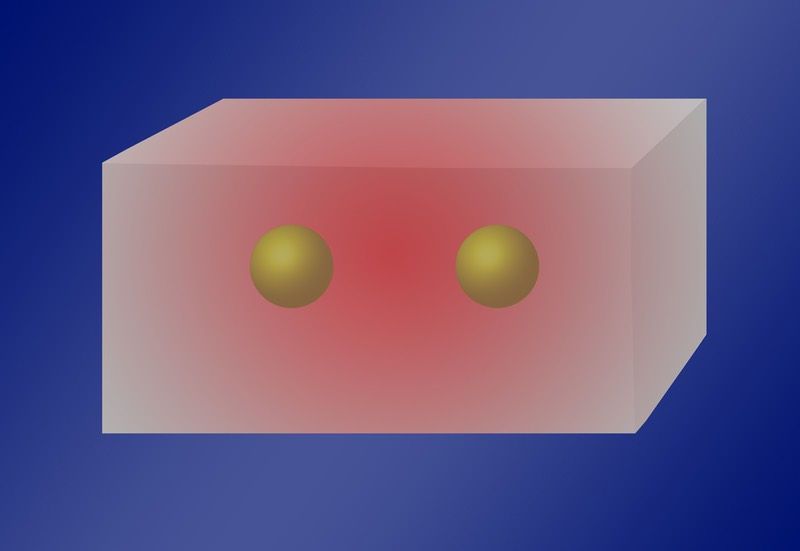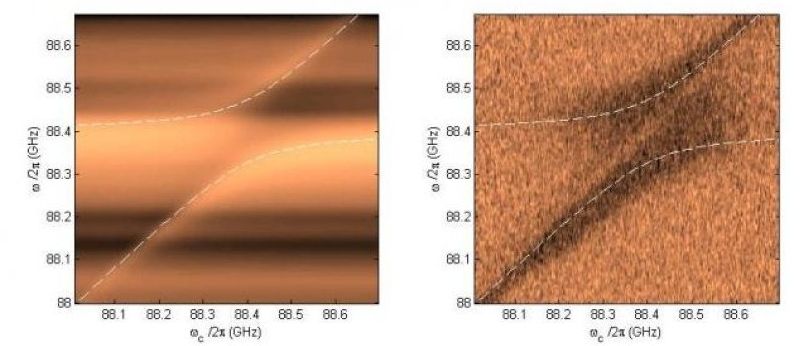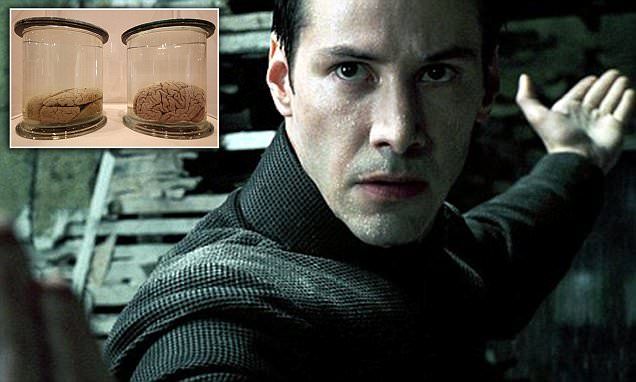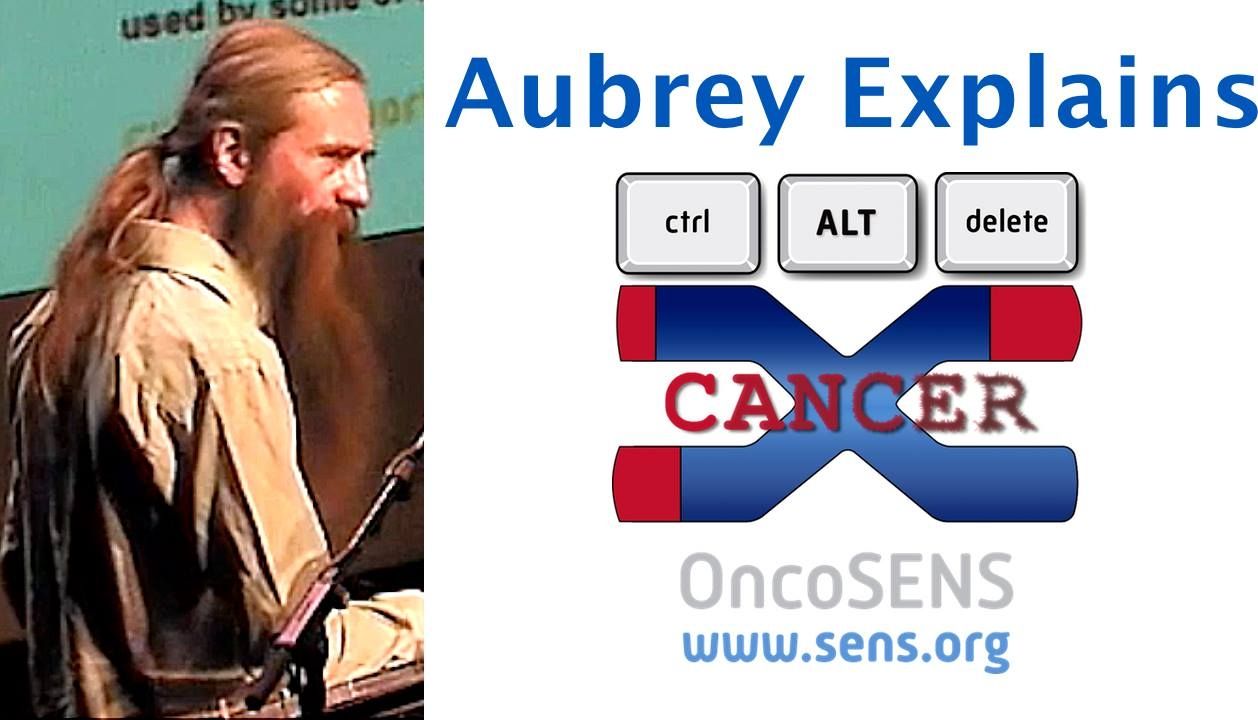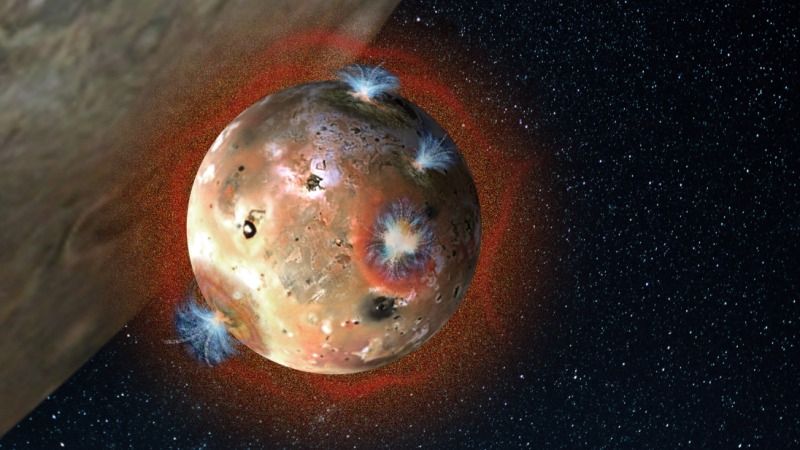Aug 2, 2016
Virtual Light Particles May Boost Quantum Computing
Posted by Karen Hurst in categories: computing, particle physics, quantum physics
A single photon can excite two or more atoms at the same time, scientists found. And the light particle would do so in a very counterintuitive way, by summoning one or more companion photons out of nothingness.
If you think of particles of light, or photons, as billiard balls, it makes intuitive sense that a single photon can excite a single atom.
The new, less intuitive finding depends on the strange nature of quantum mechanics, and might help improve advanced machines known as quantum computers, researchers said. Prior work suggested that such machines could simultaneously perform more calculations in one instant than there are atoms in the universe. [Warped Physics: 10 Effects of Faster-than-Light Travel].
Continue reading “Virtual Light Particles May Boost Quantum Computing” »
